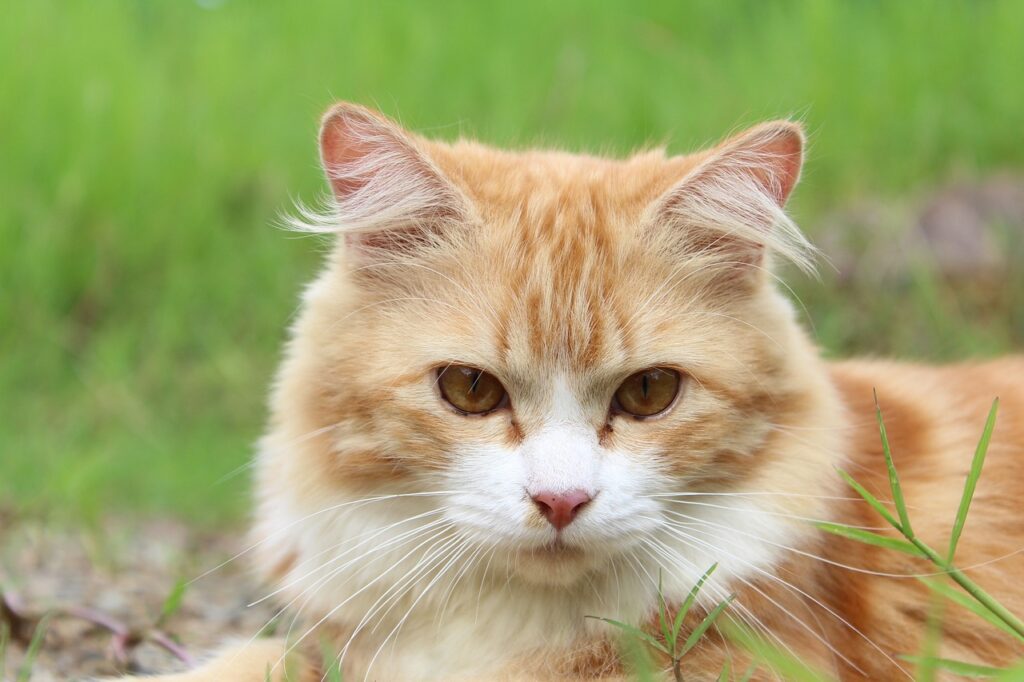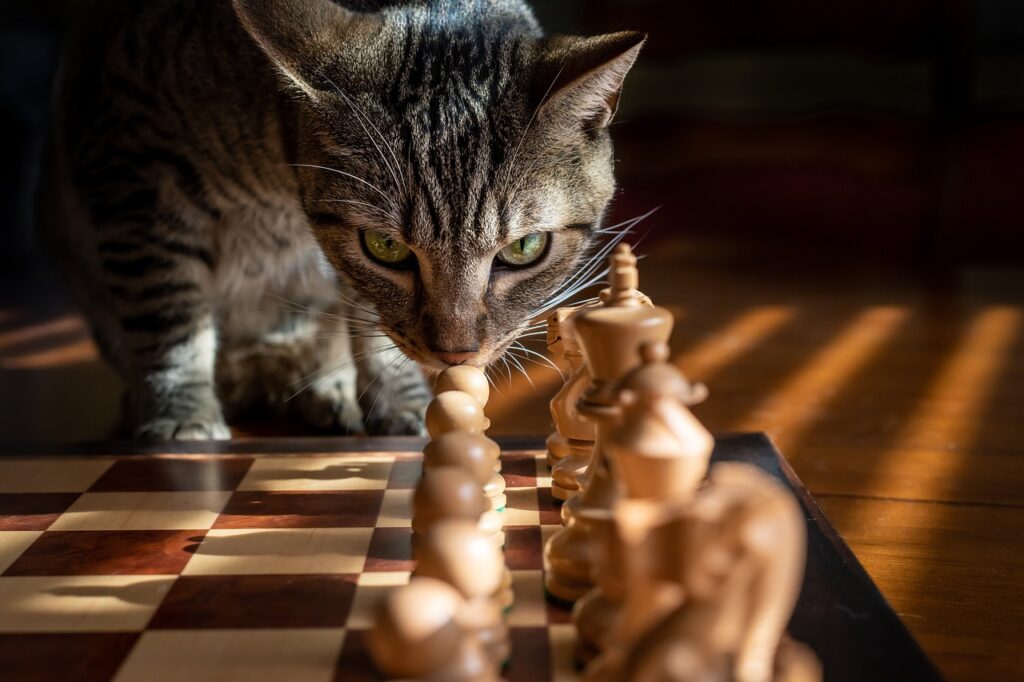The Enigmatic World of Cat Communication
Cats are fascinating creatures, known for their mysterious ways of communication. While they may not speak our language, they have a unique way of conveying their thoughts and feelings. In this article, we’ll delve deep into the world of cat behavior and try to decipher the enigmatic language of meows.
The Varieties of Meows
Meowing is a primary means of communication for cats, and they have an array of meows that can leave us bewildered. These vocalizations can range from short and sweet to long and demanding. Let’s explore some common meow varieties:
- Standard Meow: The standard meow is your cat’s everyday vocalization, often used as a greeting or to get your attention. It’s a versatile meow that can convey various emotions.
- Pleading Meow: When your cat wants something urgently, like food or playtime, they might employ this meow. It tends to be more drawn-out and whiny, making it hard to ignore.
- Content Meow: Cats also meow when they’re content and relaxed. This meow is soft and often accompanied by purring, indicating that your cat is in a state of bliss.
Deciphering the Context
Understanding a cat’s meow is not just about the sound but also about the context in which it is used. Cats are masters of non-verbal cues, and their body language can provide valuable insights:
- Tail Position: Pay attention to your cat’s tail. A raised tail usually signifies a happy and confident cat, while a puffed-up tail may indicate fear or aggression.
- Ear Orientation: The direction of your cat’s ears can reveal a lot. Forward-facing ears typically mean curiosity or friendliness, whereas flattened ears signal irritation or aggression. Keep an eye on their ear posture to understand their mood.
- Purring: While cats often purr when content, it can also be a sign of pain or distress. To interpret purring correctly, consider the overall body language and context of the situation. Content purring is usually accompanied by relaxed body language, while pain-related purring may involve tense muscles.
Cracking the Meow Code
Now that we’ve covered the basics, let’s dive deeper into understanding what your cat might be trying to convey through its meows.
Mealtime Meows
If your cat is meowing insistently near their food bowl, it’s a clear sign that they’re hungry. Cats are creatures of routine, and they like their meals served on time. Remember, a well-fed cat is a happy cat! To address their hunger effectively, establish a consistent feeding schedule and measure out the appropriate portion sizes to maintain their health.
Playtime Pleas
Is your feline friend bouncing around, meowing playfully? They’re likely inviting you to engage in some interactive play. Cats need mental and physical stimulation to stay happy and healthy. Indulge in a game of chase with a feather wand or use interactive toys to keep them entertained. Regular playtime not only satisfies their need for exercise but also deepens the bond between you and your furry companion.
Responding to Meows
Now that you’ve deciphered your cat’s meows, it’s important to respond appropriately:
Meeting Their Needs
Address your cat’s needs promptly. If they’re hungry, feed them. If they want to play, engage in playtime. A happy cat makes for a harmonious home. Remember that consistency in meeting their needs will lead to a more content and less vocal cat. Make sure their litter box is clean, provide fresh water, and offer a stimulating environment with scratching posts and toys.
Creating a Bond
Responding to your cat’s meows not only fulfills their needs but also strengthens the bond between you. Cats are social animals, and interaction is crucial for their well-being. Spend quality time with your cat, whether it’s through play, petting, or simply sitting together. This helps build trust and companionship, making your cat feel secure and loved.
Conclusion
Meows may seem perplexing at first, but with patience and observation, you can become fluent in the language of your feline friend. Remember that each cat is unique, and over time, you’ll develop a special connection that goes beyond words.
So, the next time your cat starts meowing, you’ll be better equipped to understand their meow talk and respond in a way that brings joy to both you and your furry companion.



